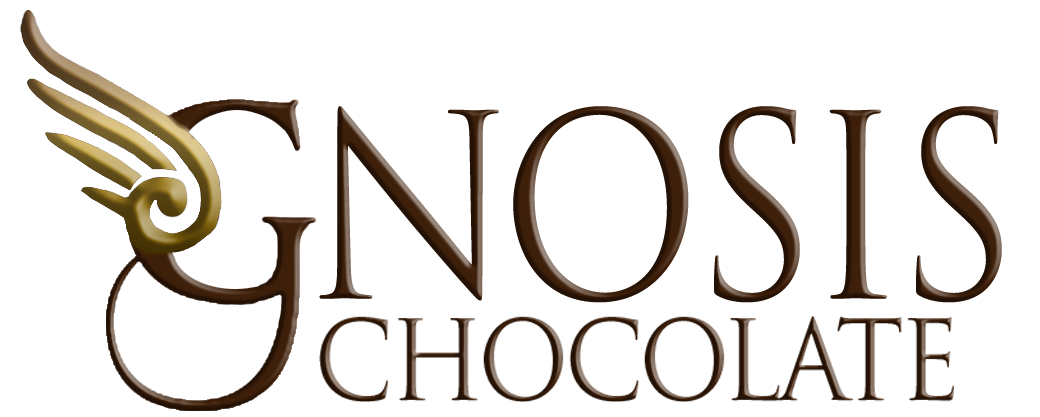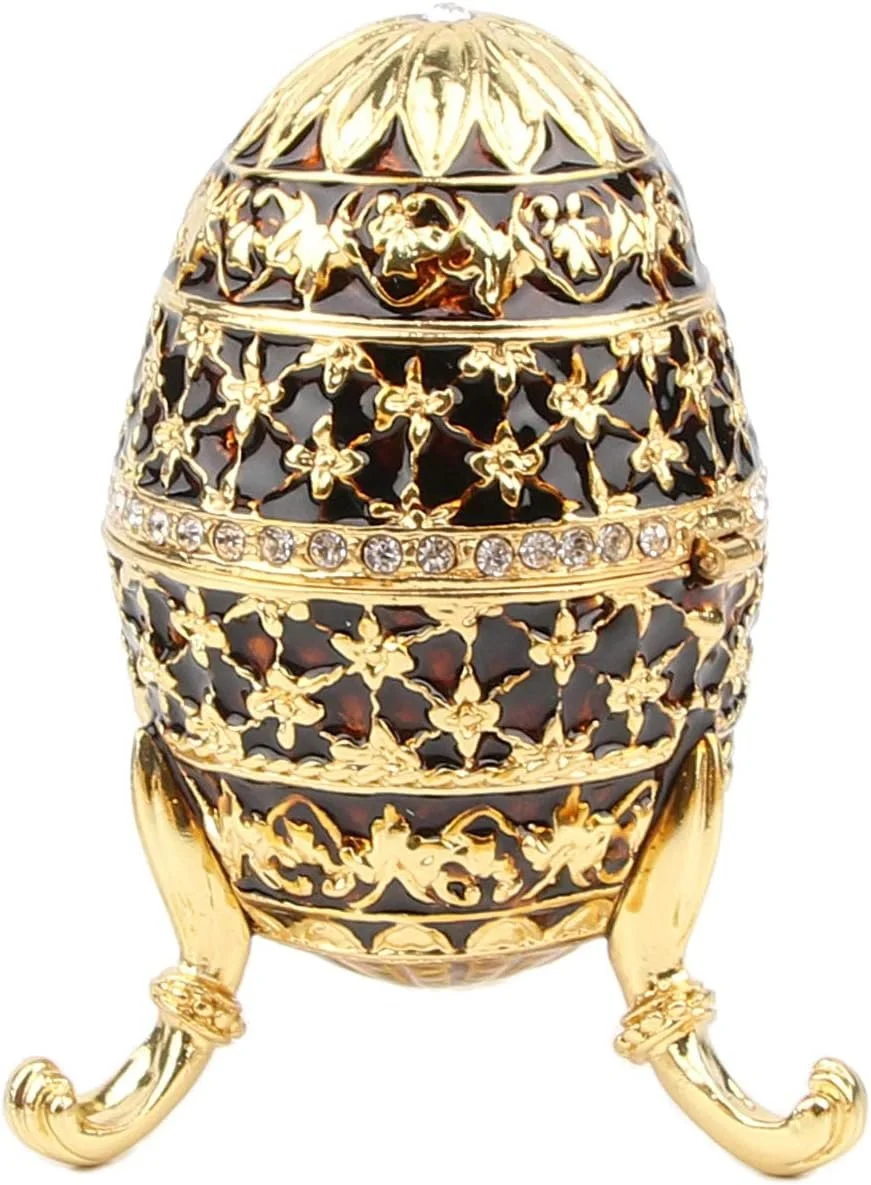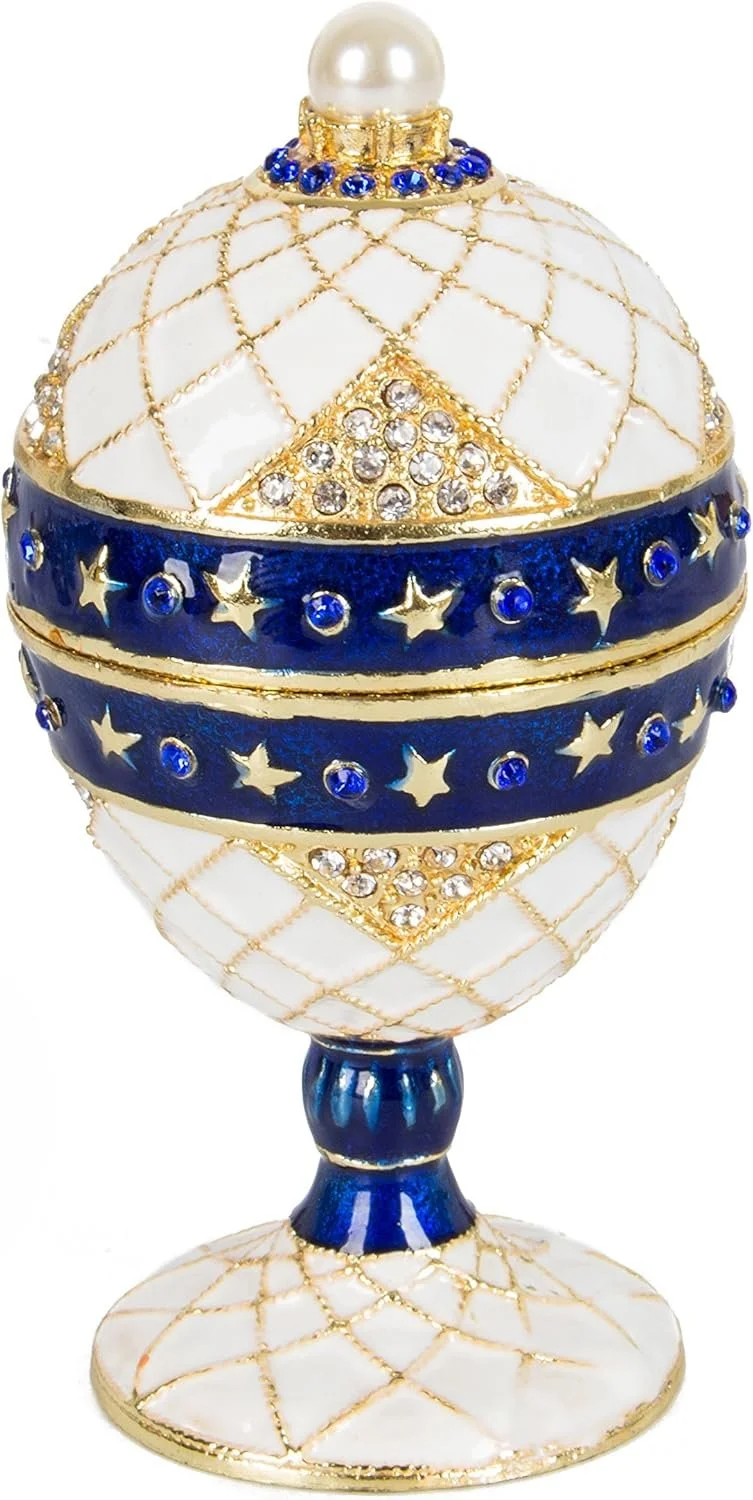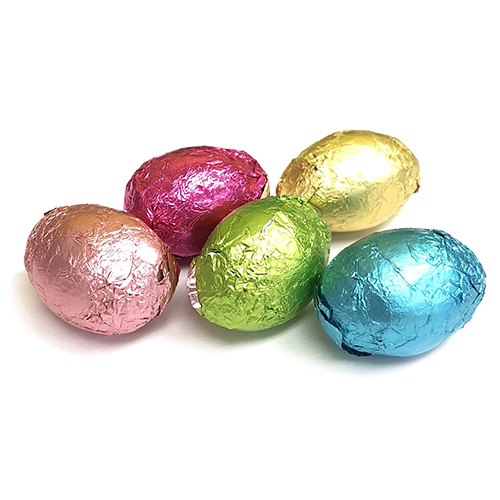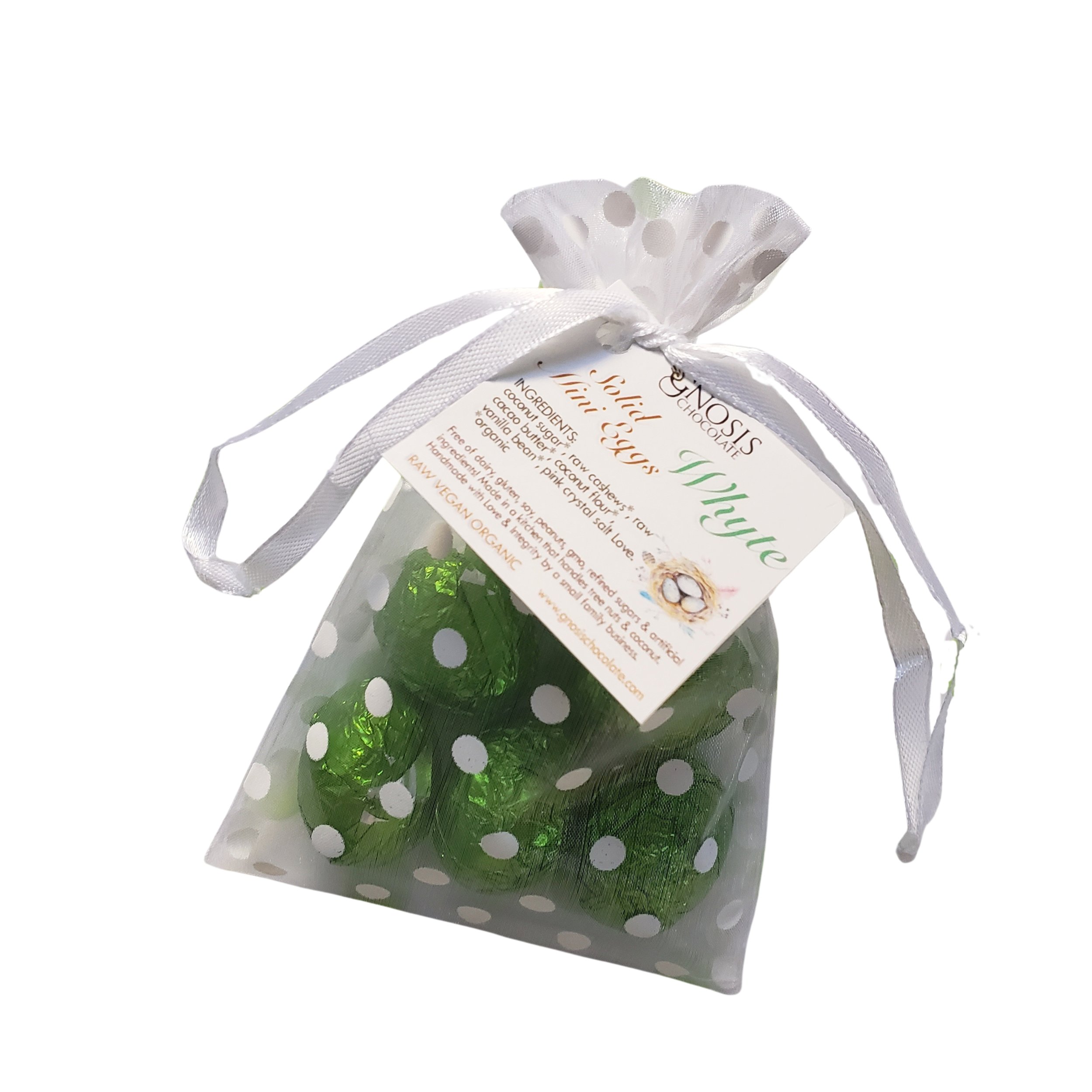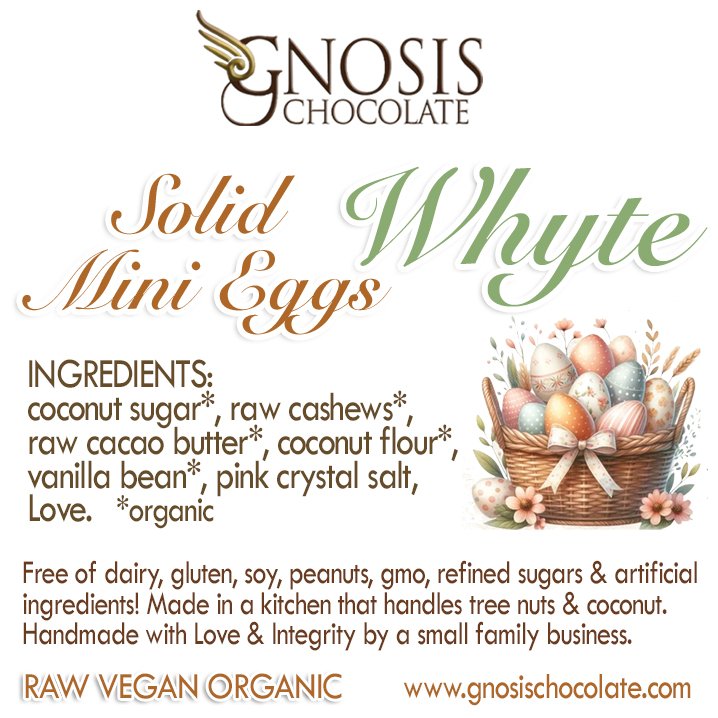Gnosigé Eggs
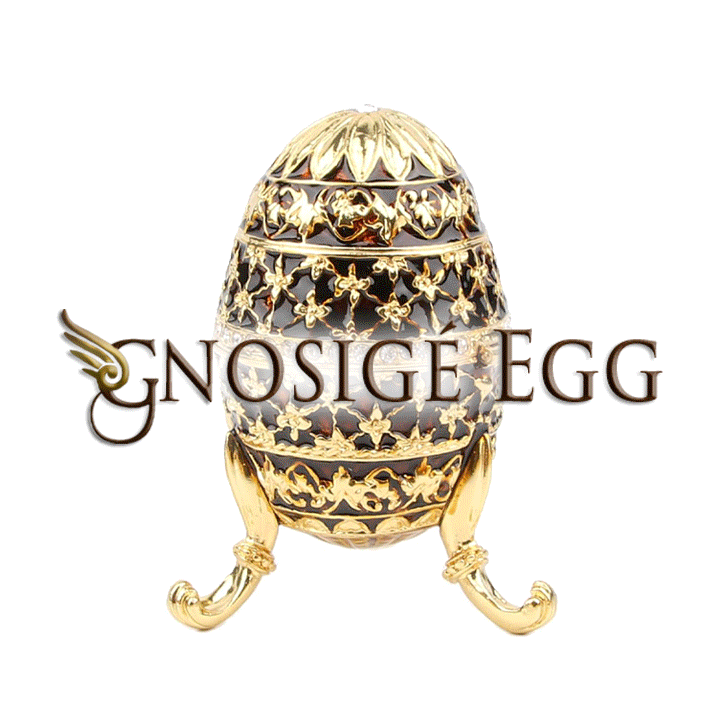
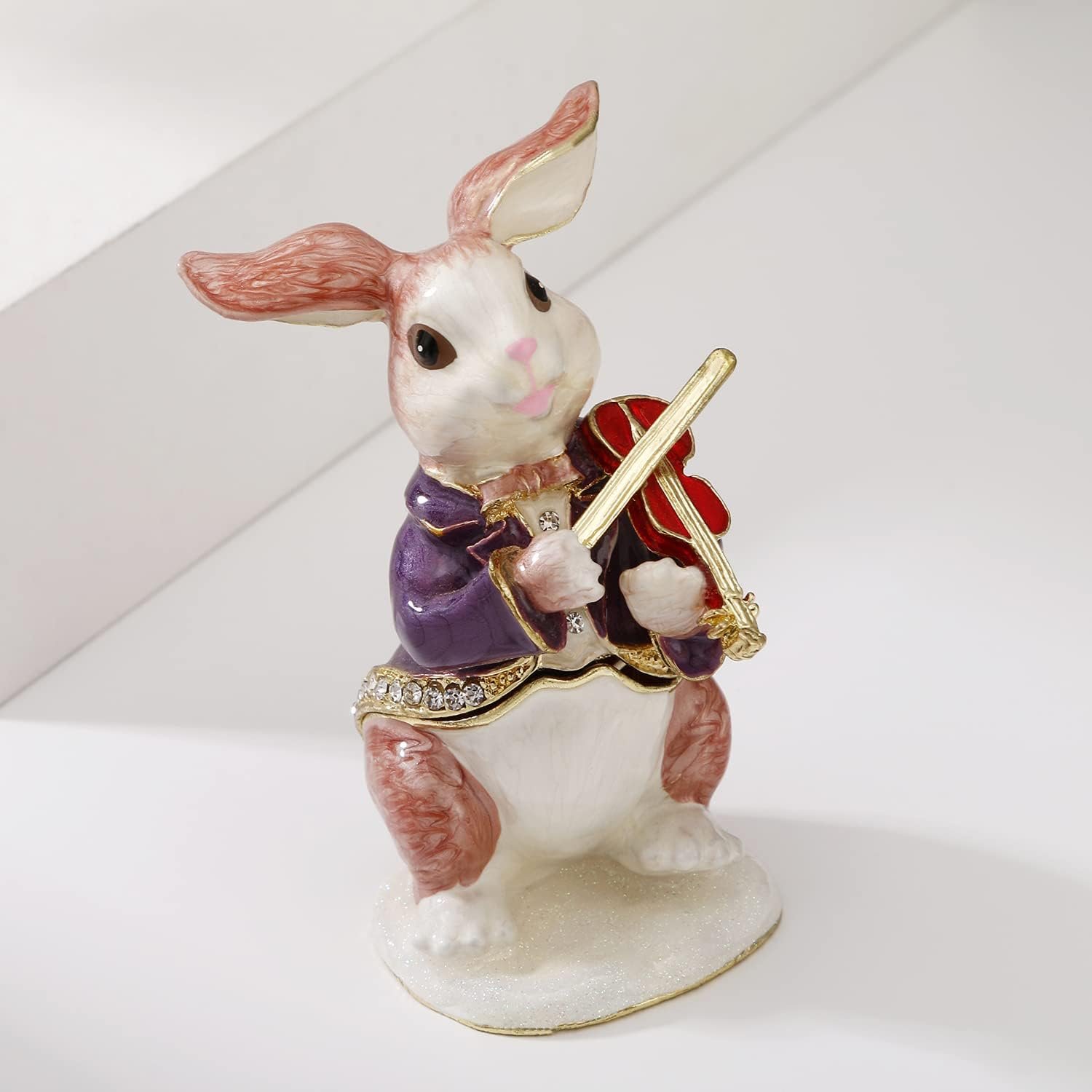
Gnosigé Eggs
Crafted in homage to the illustrious lineage of Fabergé, Gnosigé Eggs are said they were commissioned by a Tsarina of old, whose name echoes through the corridors of time.
Each Gnosigé Egg is more than packaging — and far more than a mere trinket—it becomes a bridge spanning generations. Passed down from hand to hand, it becomes a cherished keepsake, a reminder of the timeless bond shared by those gathered 'round the Easter table.
Beyond their breathtaking beauty lies a deeper significance—a symbol of Easter's timeless renewal and the enduring spirit of familial legacy.
The fabled surprise? Within the chambers of the Gnosigé Egg, nestled amidst a bed of silk, lies a treasure beyond compare— gems crafted with the same mastery, reverence, and care— heirloom artisan raw organic chocolate foil wrapped eggs handcrafted by the direct descendants of the very Tsarina herself.
As the season of rebirth draws nigh, whispers abound of a fancy Easter Bunny donning his most resplendent attire, hopping through the cobbled streets of yore with a twinkle in his eye and a Gnosigé Egg clasped in his velvet-gloved paw.
For even the most refined of traditions must yield to the whimsy of the season, and what better way to celebrate than with a touch of extravagance and a dash of mystery?*
So let the bells chime and the trumpets sound, for the Gnosis Easter Bunny is coming to town! May one of the fabled Gnosigé Eggs find its place among the treasures of your Easter morn.
Each are unique and will be removed from the site when claimed!
Please scroll down to see all egg images and dimensions, then select desired Egg Design and Mini Egg Flavor from the dropdown menus below.
Purple #7 (4")
Violin Bunny (3.1")
Strawberry (3.5”)
Lady Bug
Birds #1 (3.4")
THESE HAVE BEEN SOLD
Fabergé egg
(Russian: яйцо Фаберже, romanized: yaytso Faberzhe) a jewelled egg created by the jewellery firm House of Fabergé, in Saint Petersburg, Russia.
As many as 69 were created, of which 57 survive today. Virtually all were manufactured under the supervision of Peter Carl Fabergé between 1885 and 1917.[1][2]
The most famous are his 52 "Imperial" eggs, 46 of which survive, made for the Russian emperors Alexander III and Nicholas II as Easter gifts for their wives and mothers.[3]
Location of eggs
Of the 52 known Fabergé eggs,[note 1] 46 have survived to the present day. Ten of the imperial Easter eggs are displayed at Moscow's Kremlin Armory Museum.[36] Of the 50 delivered[37] imperial eggs, 44 have survived, and there are photographs of three of the six lost eggs: the 1903 Royal Danish Egg, the 1909 Alexander III Commemorative Egg, and the Nécessaire Egg of 1889.[28] The previously lost Third Imperial Easter Egg of 1887 has since been found in the US and bought by Wartski for a private collector.[38] *All six of the missing Imperial Eggs belonged to Maria Feodorovna.[39]
In popular culture
Fabergé eggs have acquired a cult status in the art world and popular culture. Featured in exhibitions, films, TV series, documentaries, cartoons, publications, and the news, they continue to intrigue. They have become symbols of the splendor, power and wealth of the Romanov dynasty and the Russian Empire, priceless treasures to hunt, steal, etc.
As such, they have been part of the plot in several films and television series, including Octopussy (1983), the British crime drama series Peaky Blinders ("Lilies of the Valley" egg, season 3, episode 6, 2016), Murder She Wrote episode "An Egg to Die For" (1994), The Simpsons (episode "'Round Springfield" and "The Last of the Red Hat Mamas" (1994, 1995), Ocean's Twelve (2004), Thick as Thieves (2009), multiple episodes of White Collar (TV series) (2009 - 2014), Imperial Eight (2015),[48], Hooten & the Lady episode "Moscow" (2016),[49] Lupin (2021), Bhamakalapam (2022) [50] , to name a few.
1885 Hen
1886 Hen with Sapphire Pendant
1887 Third Imperial
1888 Cherub with Chariot
1890 Matilda Geddings Gray
1891 Memory of Azov
1892 Diamond Trellis
1893 Caucasus
1894 Renaissance
1895 Rosebud
1895 Blue Serpent Clock
1896 Rock Crystal
1896 Twelve Monograms
1897 Imperial Coronation
1897 Mauve
1898 Lilies of the Valley
1898 Pelican
1899 Bouquet of Lilies Clock
1899 Pansy known as Spinach Jade Egg
1900 Trans-Siberian Railway
1900 Cockerel
1901 Basket of Flowers
1901 Gatchina Palace
1902 Clover Leaf
1902 Empire Nephrite Probably a Fauxbergé
1903 Peter the Great
1903 Royal Danish Lost
1906 Moscow Kremlin
1906 Swan
1907 Rose Trellis
1907 Cradle with Garlands
1908 Alexander Palace
1908 Peacock
1909 Standart Yacht
1909 Alexander III Commemorative Lost
1910 Colonnade
1910 Alexander III Equestrian
1911 Fifteenth Anniversary
1911 Bay Tree
1912 Tsarevich
1912 Napoleonic
1913 Romanov Tercentenary
1913 Winter Designed by Alma Pihl, the only female and one of the best known Fabergé workmasters, as a gift to Maria Feodorovna by her son Nicholas II
1914 Mosaic
1915 Red Cross with Triptych
1915 Red Cross with Imperial Portraits
1916 Steel Military
1916 Order of St. George
1917 Karelian Birch Probably a Fauxbergé
